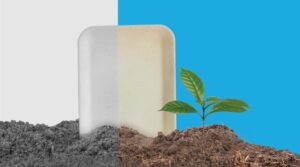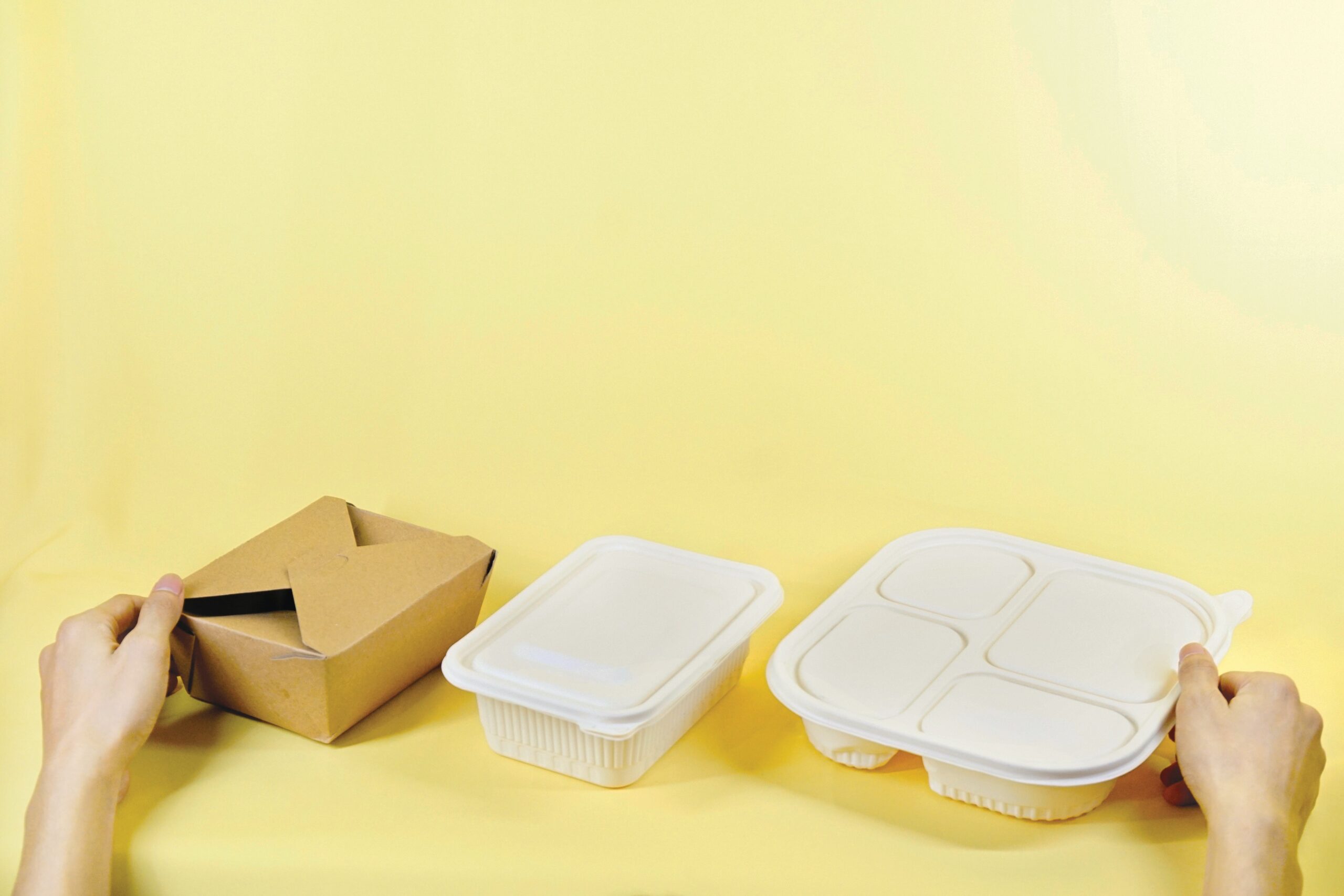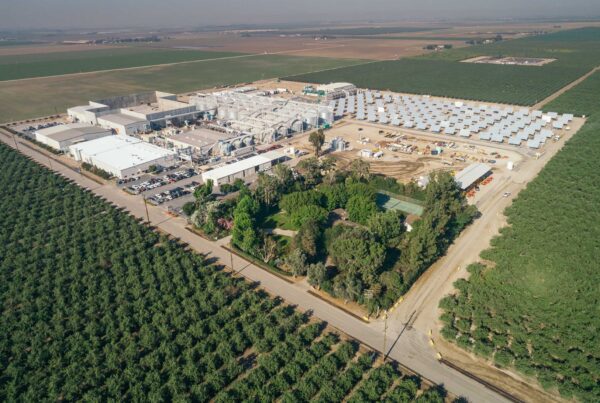Sustainable PR client Evanesce is featured by Packaging Technology Today and CEO Douglas Horne shares his expertise on the important role industries play in boosting composting:
Centralized composting diverts food packaging waste from landfills, reduces emissions and creates jobs
By Douglas Horne, founder and CEO of Evanesce
 Biodegradable materials may have been a good start, but they are just one step forward in a continuum to create a true circulareconomy. In the same way that resources and infrastructure needed to be put in place for recycling, so too must infrastructure be implemented to truly embrace the long-term benefits of composting.
Biodegradable materials may have been a good start, but they are just one step forward in a continuum to create a true circulareconomy. In the same way that resources and infrastructure needed to be put in place for recycling, so too must infrastructure be implemented to truly embrace the long-term benefits of composting.
Developing compostable products is a priority for the food service packaging industry, and packaging manufacturers are in a unique position to advocate for these sustainable packaging solutions.
Why is composting important?
Over 40% of municipal solid waste, in the form of food scraps and yard trimmings, ends up in landfills according to the U.S. EPA. Composting can dramatically reduce, if not eliminate this waste.
Further, food scraps and yard trimmings produce methane, a greenhouse gas with a global warming potential that in the short term is more powerful than carbon dioxide. According to the EPA, landfills are the third largest source of methane emissions, annually emitting the carbon dioxide equivalent of nearly 250 million barrels of oil. The United States alone consumes about 20 million barrels of oil daily.
Lastly, composting can contribute to soil health. About 100 million acres, or roughly 30%, of US farmland is experiencing rapid erosion and taxing yield productivity.
What is the difference between composting and biodegradable packaging?
Waste that is “biodegradable” will disintegrate through a biological process. The challenge is that numerous biodegradable products, particularly plastics, can take years, even centuries to degrade.
Composting, depending on the process and the feedstock, can be accomplished within weeks or months. This process is different because it produces a nutrient rich, dirt-like material that can be used to enrich soil and nourish growth. Biodegraded material generally has no further purpose.
How much does packaging contribute to landfills?
Packaging and containers account for approximately 23% of waste in landfills. Compostable packaging, which circumvents landfills, can reduce this volume. Further, in the process, compostable material reduces methane gas emissions, preserves landfill space, and provides soil enrichment material. Along the way, it also conserves energy, reduces costs, and lowers the presence of litter on beaches and city streets.
How does compostable packaging aid in diverting food waste from landfills?
A landmark study by national nonprofit ReFED, found that out of the 27 solutions for reducing food waste that were studied, centralized composting was the most effective in terms of waste diversion, emission reduction and job creation.
 A detailed analysis of a large, all-day festival, Farm Aid, and an evening concert at the Jiffy Lube Live Pavilion in Bristow, Virginia, found that the use of compostable material increased the potential for landfill waste diversion rates by approximately 81%. This composting infrastructure was in place for back of house preparation and at front of house waste disposal.
A detailed analysis of a large, all-day festival, Farm Aid, and an evening concert at the Jiffy Lube Live Pavilion in Bristow, Virginia, found that the use of compostable material increased the potential for landfill waste diversion rates by approximately 81%. This composting infrastructure was in place for back of house preparation and at front of house waste disposal.
The study shows how composting diverts waste, but further, that the infrastructure, planning and organization around the process offers the opportunity for other material landfill diversion benefits.
Why is it important to introduce compostable packaging and composting infrastructure?
In one word, volume. As we have seen with recycling, the larger the profit opportunity, the more recycling occurs. The same principal applies to composting. Industrial-sized composting infrastructure requires industrial-sized investments. While this capital may be available, lenders and operators alike will need to develop the comfort that there will be enough production volume to achieve profitability. Compostable packaging can generate this volume.
The same principal applies to the supply side of the equation. Agricultural producers may favor the use of composting; however, need assurance that there is an adequate, stable supply before making the commitment.
Though there is the chicken and egg aspect to the challenge, large composting volume and the investment it provokes are powerful drivers helping to launch industrial scale infrastructure initiatives.
Composting, like recycling, is a complicated and multi-faceted topic. Unlike recycling however, unravelling its challenges and complexities, leads to sustainable solutions, with larger and more important impacts. The critical path forward relies on understanding, but with action too. Industry leaders need to be advocates for composting solutions and continue to provide insights, actionable ideas, and leadership in the growing and vital role of these sustainable initiatives.
About the Author
Douglas Horne is the founder and CEO of Evanesce, and a serial entrepreneur specializing in corporate development across several industries. After decades of running successful companies, he founded Evanesce with a mission to challenge the crisis of plastics. He is a passionate advocate for sustainability and is dedicated to finding solutions throughout the industry. For additional information about composting and the sustainable packaging industry from Evanesce, visit their website.
This piece was originally published Packaging Technology Today on March 7, 2022.





